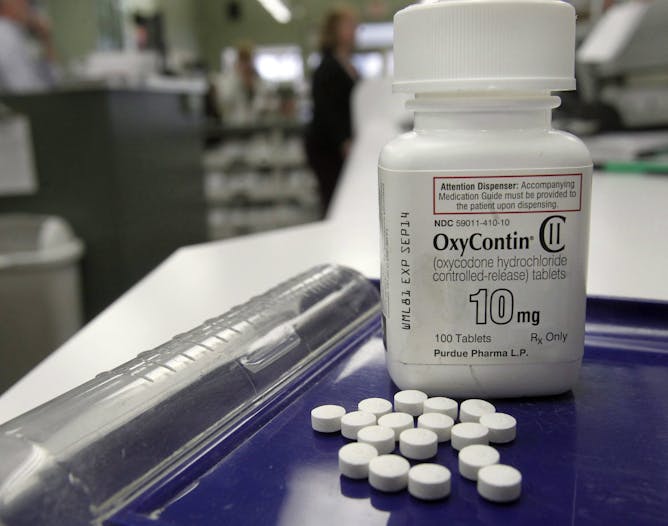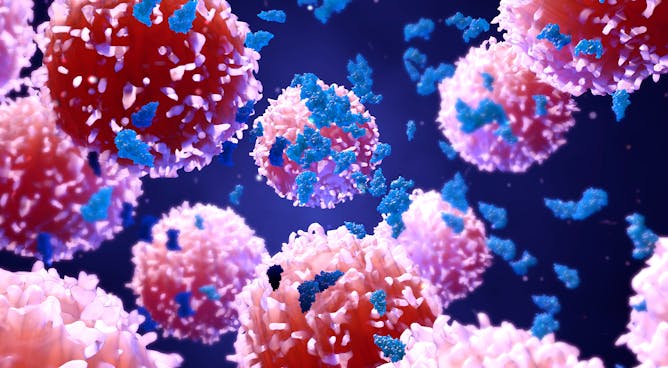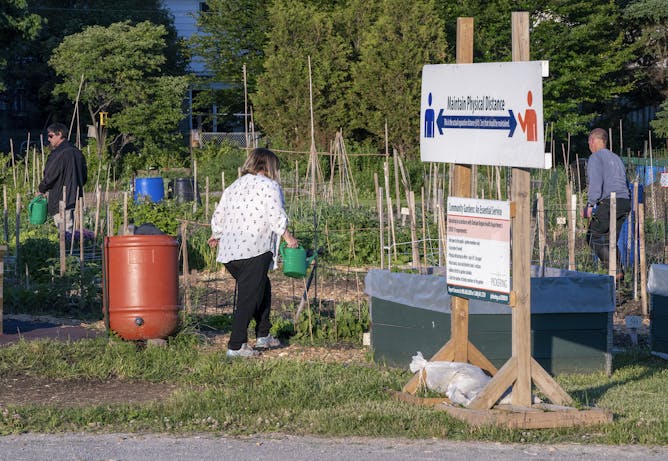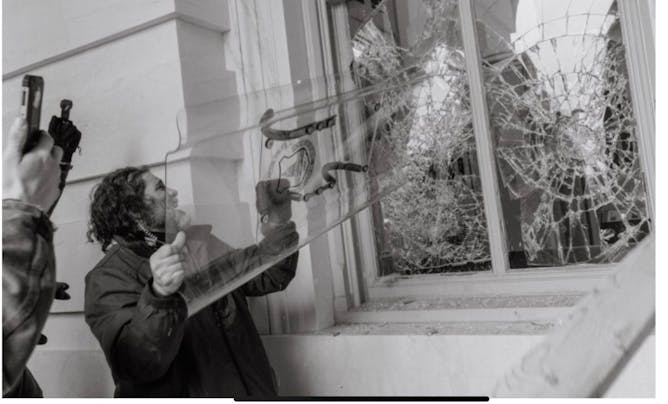|
Purdue Pharma’s proposed settlement with Canada of $150 million is the largest such fine in Canadian history. But it won’t begin to cover the costs of damages from OxyContin, an opioid pain medication introduced in 1996 that contributed to the rash of addiction and overdoses now known as the opioid crisis.
It also won’t close the loopholes that Purdue took advantage of to market the drug so successfully.
Today in The Conversation Canada, Daniel Eisenkraft Klein of the University of Toronto and Joel Lexchin of York University explain the strategies that Purdue Pharma used to sell OxyContin with an aggressive sales push to influence doctors to prescribe the drug for chronic pain, while minimizing the risk of addiction. Despite the fallout from OxyContin, those marketing strategies remain legal.
Klein and Lexchin note that, “despite the many lessons learned from the crisis, there have been very few regulatory changes made in Canada since. Unless something radically changes in how the pharmaceutical industry is regulated, there is little reason to assume a similar crisis won’t occur again.”
Also today:
All the best.
|

OxyContin, an opioid drug heavily marketed by Purdue Pharma, is associated with billions of dollars of health-care costs in Canada related to the opioid crisis.
(AP Photo/Toby Talbot)
Daniel Eisenkraft Klein, University of Toronto; Joel Lexchin, York University, Canada
The Purdue Pharma settlement is paltry compared to costs of the opioid crisis. Without major changes to pharma industry regulation, there is little reason to think a similar crisis won’t occur again.
|

The Beatles appear backstage at EMI studios in London in June 1967.
(AP Photo)
John M. Richardson, L’Université d’Ottawa/University of Ottawa
Paul McCartney appears to compose the smash hit ‘Get Back’ from thin air in a clip from the Beatles documentary of the same name — but experts propose at least eight other factors behind it.
|

The proteasome is a cellular machine that chews up misfolded and unwanted proteins, and can promote cell death, making it an interesting target for cancer treatment.
(Shutterstock)
El Bachir Affar, Université de Montréal; Clémence Messmer, Université de Montréal
Faulty cellular waste management machinery can lead to cancer and neurodegenerative diseases, but researchers are also targeting this machinery to treat these diseases.
|

Community vegetable gardens, such as this one in Pickering, Ont., support health and should be seen as part of the city’s food system.
THE CANADIAN PRESS/Frank Gunn
Sarah Elton, Toronto Metropolitan University; Donald C Cole, University of Toronto
Publicly accessible gardens are an essential part of our food system. It’s important for policymakers to understand that growing food in city gardens is central to health, food security and culture.
|

Proud Boy Dominic Pezzola is filmed smashing Capitol building window on Jan. 6.
(U.S. Federal court documents)
Sandra Jeppesen, Lakehead University
Performance crime is the act of filming while engaging in criminal activity. During the Jan. 6 capitol riots, insurrectionists uploaded performance crime videos and photos, incriminating themselves.
|

Une érosion sans précédent de la diversité génétique s’observe actuellement chez les espèces rares comme les espèces les plus communes.
(Shutterstock)
Anne-Laure Ferchaud, Université Laval
La diversité génétique est capitale pour la survie des écosystèmes. Des engagements internationaux sont plus que jamais nécessaires et maintenant réalisables pour optimiser sa protection.
|
|
|
Arts
|
-
Patrick Masters, University of Portsmouth
Both are orders of religious warriors and both were taken down by power-hungry rulers
|
|
Politics
|
-
Victoria Honeyman, University of Leeds
A look at the runners and riders in the Conservative leadership race.
|
|
Science + Tech
|
-
Daniel M Davis, University of Manchester
Pioneered by the Human Cell Atlas consortium, our understanding of the human body is about to be transformed – and with it, the way we treat and prevent disease
|
|